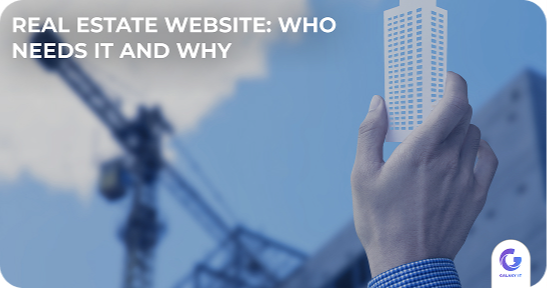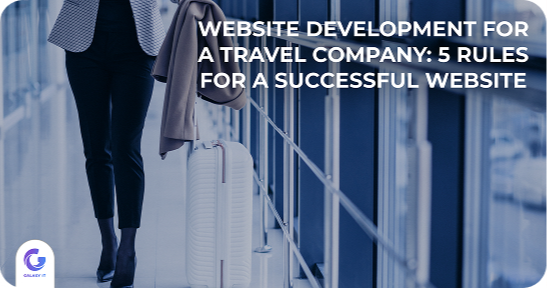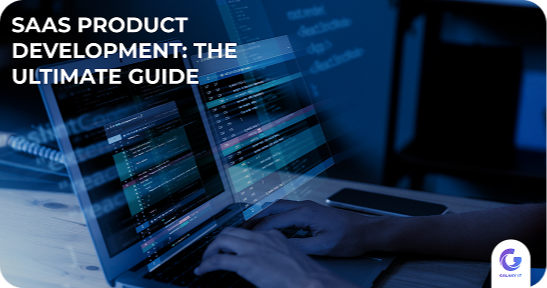SaaS product development: the complete guide to building scalable solutions
- 25.04.2025
- 0 views
- 9 min
What is a SaaS product and why it’s important for business
In today’s fast-paced digital landscape, Software as a Service (SaaS) has become a driving force for innovation and growth. But what exactly is a SaaS product? Simply put, it’s a cloud-based software solution that users can access via a web browser without the need for installation or complex setups. Think of tools like Google Workspace or Zoom — they’re always available, always up-to-date, and incredibly user-friendly.
For businesses, SaaS products offer flexibility, cost savings, and scalability. Companies no longer need to worry about maintaining infrastructure or handling updates — everything is managed by the SaaS provider. This is especially beneficial for small and medium-sized enterprises (SMEs) looking for efficient, affordable solutions to streamline their operations. SaaS for businesses has become a vital tool for companies aiming to reduce operational costs while maximizing efficiency.
Basics of the SaaS model and examples of successful solutions
The SaaS model operates on a subscription basis, where users pay a monthly or yearly fee to access the service. This model provides businesses with predictable revenue streams and allows users to scale their subscriptions up or down as needed.

Examples of successful SaaS products include, highlighting companies that have set industry standards in innovation, usability, and growth potential:
- Slack: Revolutionizing workplace communication.
- Shopify: Enabling entrepreneurs to launch online stores with ease.
- Zoom: Making video communication accessible to millions.
These companies have mastered the art of user-centric design, seamless integration, and consistent updates — all hallmarks of successful SaaS product development.
Key stages in SaaS product development
Creating a SaaS product requires a clear roadmap. Let’s walk through the essential stages to ensure your SaaS development process runs smoothly.

1. Idea and market analysis
Every great product starts with a great idea. But an idea alone isn’t enough — you need to validate it. Conduct market research to identify pain points your SaaS product can solve. Look at industry trends, competitor offerings, and potential user needs. Use surveys, interviews, and market analysis tools to gather insights. This stage is crucial for understanding the potential of SaaS for businesses and identifying specific needs that your product can address.
2. Planning and choosing technologies
Once your idea is validated, it’s time to plan. This involves defining the product’s features, setting a development timeline, and selecting the right technology stack. For SaaS, technologies like Laravel for backend and React for frontend are popular choices due to their flexibility, scalability, and developer community support.
3. Creating an MVP (Minimum Viable Product)
Instead of building a full-scale product right away, start with an MVP (Minimum Viable Product). This basic version of your product allows you to test key features with real users before making major investments. For instance, Dropbox began as a simple demo video illustrating its core functionality, which helped gauge user interest before full development. This basic version of your SaaS allows you to test core functionalities with real users. Feedback from this stage helps refine the final product, saving you time and money. MVP development is a crucial step in the SaaS development process, helping companies avoid costly mistakes. Mastering SaaS MVP development is key to creating a successful final product.
4. Testing and launching
Before launching, your SaaS product needs rigorous testing to ensure a bug-free, user-friendly experience. Quality assurance (QA) and beta testing allow you to spot issues before they affect end users. Once you’re confident, it’s time to launch and make your solution available to the world. Launching a SaaS for businesses requires proper marketing and onboarding to ensure customer success from day one.
Technologies used in SaaS product development
Choosing the right tech stack is crucial to building a robust and scalable SaaS product. Here’s a look at some essential tools:

Tools for backend, frontend, and hosting
- Backend: Laravel — a PHP framework known for its elegant syntax and strong security features.
- Frontend: React — a JavaScript library for building interactive user interfaces with reusable components.
- Hosting: Cloud providers like AWS (Amazon Web Services), Google Cloud, or Microsoft Azure offer scalable hosting solutions tailored to SaaS needs.
These tools enable rapid development, enhanced performance, and secure cloud-based hosting. A comprehensive SaaS guide is essential for understanding which technologies suit your business needs.
How to scale your SaaS product and avoid common mistakes
Scaling a SaaS product goes beyond adding users. It requires strategic planning to ensure performance, security, and sustainability. Here’s how to do it right.
Ensuring performance, security, and scalability
- Performance optimization: As your user base grows, server load increases. Use tools like load balancers and caching mechanisms to maintain speed and responsiveness.
- Security measures: Data protection is paramount. Implement strong encryption, two-factor authentication (2FA), and regular security audits.
- Scalability: Design your architecture to handle growing traffic. Cloud platforms like AWS offer auto-scaling features that adjust resources based on demand.
Monetization and business models for SaaS
How will you generate revenue? Your business model determines your income streams. Here are common SaaS monetization strategies:
- Subscription plans: Offer tiered pricing (Basic, Pro, Enterprise) to attract different user segments.
- Freemium model: Provide a free version with limited features, encouraging users to upgrade.
- Pay-as-you-go: Charge users based on usage, common in cloud storage and API-based products.
By selecting the right monetization strategy, you’ll increase revenue and cater to diverse customer needs. For example, Slack has successfully adopted a freemium model, enticing users with a feature-rich free tier while encouraging upgrades for more advanced functionalities. Learning how to build a SaaS product with a sound monetization strategy is essential for long-term success.
Conclusion
Conclusion
Why SaaS solutions are the future of business
SaaS isn’t just a trend — it’s a game-changer, transforming business operations by streamlining workflows, enhancing flexibility, and driving cost efficiencies. With lower upfront costs, easier access, and ongoing support, SaaS products empower companies to stay agile and competitive. From small startups to large enterprises, everyone benefits from the flexibility and scalability of SaaS solutions. SaaS for businesses has become indispensable for modern companies striving for efficiency and growth.
If you’re ready to develop your own SaaS product, we’re here to help. Galaxy IT specializes in creating scalable, secure, and high-performing SaaS solutions tailored to your business goals. From SaaS MVP development to full-scale SaaS product development, we have you covered at every stage of the SaaS development process.
Contact Galaxy IT today and let’s turn your SaaS vision into reality! Don't miss the chance to stay ahead of the competition.









